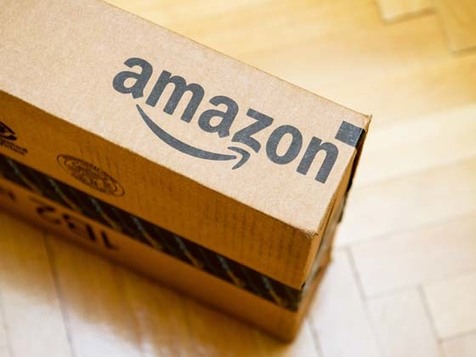No. 1: Local Content Makes Up 70% of India’s Prime Video Library
Access to Prime Video is a major driver of Amazon’s international subscriber growth. Nowhere is this more apparent than in India, one of the few countries where Prime Video is more popular than Netflix.
That’s partly due to Amazon’s commitment to local content, which accounts for up to 70% of all Prime Video programming in India, significantly more than Amazon’s other international markets. This even includes the EU, where proposed legislation could require all streaming video services to devote at least 30% of their video libraries to local content.
No. 2: Move Over, Prime Day
In India, the "Great Indian Festival" is Amazon’s biggest sales period. Held annually around Diwali, it takes place at the same time as Walmart-owned competitor Flipkart’s "Big Billion Days." During the events, Amazon and Flipkart go head-to-head on discounts for products from household appliances and mobile phones to fashion.
According to an October 2018 estimate from Redseer Consulting, total sales during the first wave of this year’s Diwali sales (October 9-14) reached roughly $2.3 billion. Amazon accounted for 32% of that amount, compared with 51% for Flipkart.
Both Amazon and Flipkart announced two additional waves of Diwali discounts in 2018, the last of which ended on November 5—nearly one month after the sales began.
No. 3: Small Businesses Welcome
On December 16, Amazon hosted its first "Small Business Day" in India, offering discounts of up to 80% on products from small and medium-sized businesses (SMBs) across the country.
Unlike in the rest of the world, Amazon can only operate a marketplace model in India, as foreign digital retailers are not allowed to sell their own products. That means Amazon is reliant on third-party businesses to keep its own business growing.
Attracting SMBs to the platform may be especially important as they usually sell local products that may not otherwise be available on Amazon.
No. 4: Amazon.in Will Be Available in Hindi
In September, Amazon told The New York Times that it would introduce a Hindi-language option to its local website and apps. Amazon.in is currently only available in English—even though just 10% of India’s population speaks the language, and 43.6% considers Hindi their mother tongue. Amazon also said it would add other Indian languages to its platform.
Amazon’s expansion into Hindi is clearly a bid to reach new customers outside of English-speaking demographic groups, which makes sense given that the number of non-English speaking internet users in India is rising fast. According to an estimate from KPMG and Google, there will be 536 million Indian-language internet users in 2021, compared with 199 million English-speaking ones. That means that nine out of 10 new internet users between 2016 and 2021 will be Indian-language ones.
Amazon also offers local language options on some of its other international platforms, such as Amazon.de in Germany, but it is one of the few ecommerce players to do so in India. Flipkart, for example, is only available in English.
No 5: Logistics and Fulfillment Centers
In 2018, Amazon added five more fulfillment centers in India, raising the grand total to 67. For comparison, Amazon has roughly 75 fulfillment centers in North America, its largest market.
Sourced through Scoop.it from: retail.emarketer.com



Leave A Comment